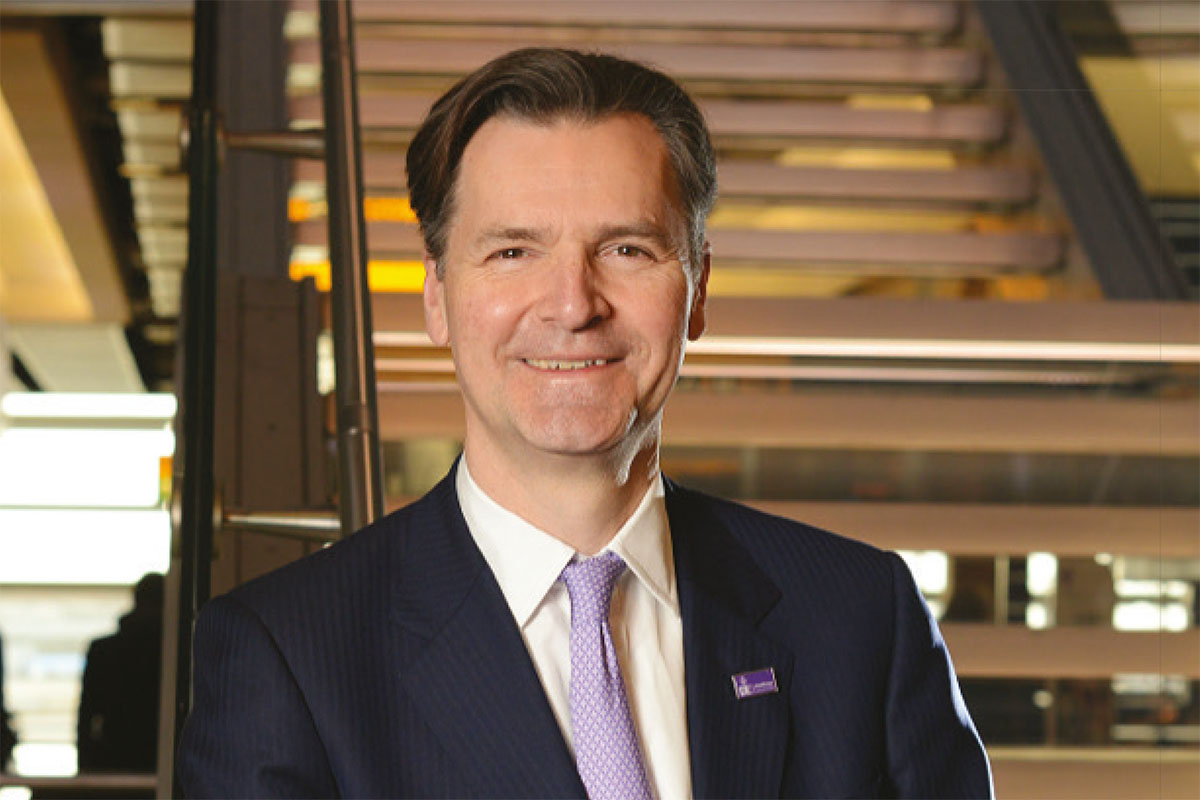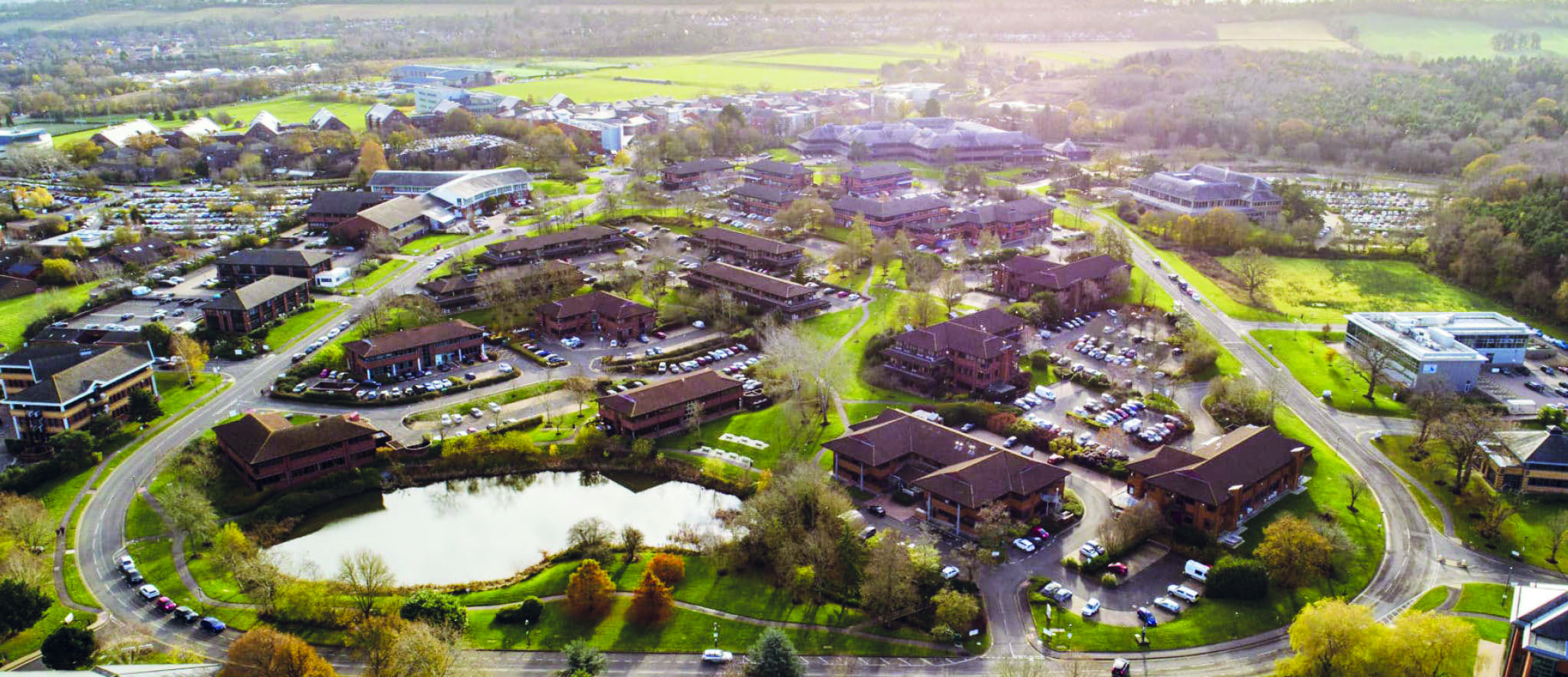
The last two years have posed an unprecedented challenge to people, businesses, and communities up and down the country. However, there is perhaps no industry that has been as hard hit as aviation.
Heathrow has had to make difficult decisions to ensure the airport could remain open safely and survive as a business during the darkest days of the pandemic. Despite these testing times, they remain committed to sustainability. Surrey Business Magazine asked John Holland-Kaye just how Heathrow intends on leading the way forward:
What are Heathrow’s goals for recovery?
“After the most difficult two years in Heathrow’s history, we are delighted to once again begin welcoming back passengers in larger numbers. It is what we all joined this business to do. But as we welcome people back, we want to make sure that sustainability is at the heart of our recovery. We really do mean it when we say we want to build back better. To make this a reality, we have recently released our refreshed plan for the decade ahead with an updated sustainability strategy – Heathrow 2.0: Connecting People and Planet. This builds on commitments we made five years ago and I’m extremely proud of the development we’ve made since then. Despite the challenges along the way, we remain determined to be honest and lead from the front when it comes to our sector’s response to the global climate emergency.”
What is Heathrow 2.0 all about?
“It sets out clear and measurable goals for us and the wider airport community to help direct our efforts as we emerge from the effects of the pandemic. Over the next decade we have set stretching but achievable targets as we try to help decarbonise flight and continue to improve the area around the airport for the benefit of everyone who lives nearby or works here.”
Why have you refreshed your strategy now?
“With the success of the UK’s vaccine programme, we can now properly start to look ahead to a slow recovery in passenger numbers and returning growth. During the worst of the pandemic, we already took action to do what we could to help the local area, and we have already put in place a local recovery plan. This is to make sure that at each step, as we start to see more business flowing through the airport, the benefits are shared among the community. But we must also focus on the longer-term vison. This means acknowledging the impacts aviation has, and taking a leading stance to help embed more sustainable practices into this industry. That is why we have launched this refreshed strategy now, at a time where we are just beginning to emerge from the pandemic. We want to see 2019 as the peak year for some of the negative impacts any airport has, such as carbon emissions, and make sure that our recovery begins with sustainability at its heart.”
What will the strategy focus on?
“There are two key focus areas: Heathrow’s plan to take the carbon out of flying, on our journey to net zero carbon emissions; and ensuring that Heathrow is a great place to live and work for our colleagues and local communities.”
What do you expect to achieve this decade?
“By 2030, it is vital that we achieve absolute cuts in our carbon footprint to put us firmly on the path to achieve net zero by 2050. Heathrow’s future depends on this, and we’ve set challenging goals to cut carbon emissions from flying by up to 15%, and at least 45% from airport operations on the ground. We also want to maximise the materials used at the airport, moving Heathrow towards becoming Zero Waste, introduce an airside ultra-low emission zone by 2025 and generate at least £6.5m in funds for the independent Heathrow Community Trust charity.”
How will this strategy benefit the communities surrounding the airport?
“From a personal and business perspective I cannot emphasise enough how important it is we remain focused on our colleagues and the communities that neighbour the airport. They are crucial to the airport and integral to its success. Through Heathrow 2.0, we want and will deliver change on the issues that will make Heathrow a better, healthier place to live and work. We will improve quality of life through cleaner air, quieter nights and taking care of our local environment. We will support at least 10,000 local people to access jobs at Heathrow. We will do everything we can to ensure that we reflect the diversity of our neighbouring communities at all levels within our business. And we aim to give back to at least one million local people in those communities, providing support to school and community projects that lead to improvements in quality of life.”
Are there jobs available now at the airport?
“Yes, Heathrow and all the airport partners we work with are hiring for a huge variety of roles as we ramp up operations ready to welcome more passengers this summer. Our team in the Heathrow Academy is helping
applicants to find the best roles for them, and we are working with local colleges to share some of the essential skills that can open the door to a career here. Once someone joins here, we want to do what we can to help them flourish. My dream is that one day a local schoolkid will be empowered to be the next CEO of Heathrow. One of the latest pieces of work we have done to improve the offer here is to extend the London Living Wage to everyone working in our direct supply chain. Those who choose and want to work at Heathrow will find that these opportunities are careers and not just a job.”
Will this strategy help local businesses?
“We are privileged to have thousands of companies connected to Heathrow, so our influence stretches far beyond our boundary. We want to use that influence to encourage others to adopt ethical, low carbon and sustainable practices. By working with our partners in this way, we aim to bring the best of their resources and expertise to the airport. By supporting small and medium sized enterprises (SMEs) across the UK to do business with Heathrow we can have a real impact on smaller businesses both regionally and locally, driving local economic recovery from the impacts of the pandemic.”
What do you need from stakeholders?
“I’m excited about the opportunities that will come from delivering this strategy, but it will only come from working with our partners to drive progress on our shared ambitions. We need the help of groups like the Surrey Chambers of Commerce to continue to promote the jobs available at the airport and connect us with the future skills we need. We also want them to review and challenge our plans, and encourage members to adopt their own sustainable practices, particularly in the way they travel and do business with us.”
Does government have a part to play?
“Yes, absolutely. There are a number of things we need the government to work in tandem with Heathrow on to support the delivery of sustainability in this sector. By injecting pace into their Sustainable Aviation Fuel (SAF) policy making and supporting the airport’s case for a regulatory settlement from the Civil Aviation Authority, which enables the necessary investment to achieve the commitments set out in this plan. We need work with government to align potential and future rail schemes to support a shift to public transport for passengers travelling to the airport – for example through Great Western Railways. We need government to drive forward the modernisation of airspace in the UK and in Europe. We need them to consider changes to regulatory restrictions that mean all non-domestic inbound aircraft cabin waste is considered “Category 1”, meaning it cannot be processed for recycling, and we need them to introduce flexibilities in how Apprenticeship Levy funds are spent, to reflect the aviation industry’s recovery from the pandemic and focus on Jet Zero.”
What’s next?
“The simple message is we can’t do any of this alone. This strategy sets a clear direction of travel for sustainability at Heathrow in the 2020s. The last two years has shown us the importance of being open with our local community and working together. We will continue collaborating across Team Heathrow (all the organisations operating at the airport) and beyond to bring these ambitions to life and ensure Heathrow remains a world leader. We will report our progress transparently, in our annual sustainability report, and will be establishing an external and independent scrutiny process to hold us to account on our commitments. We want to protect the benefits of aviation as a force for good in the world, and face challenging issues head on, with the conviction that we can be successful if we stay true to our values. Funda-mentally our ability to truly build back better cannot just be delivered by Heathrow alone, we need to work together with everyone – from colleagues and local communities, to airport partners and Government. I believe we’ve shown we can achieve this, and I encourage readers to see for themselves in the full report on our website.”





